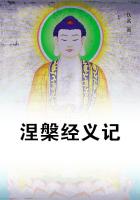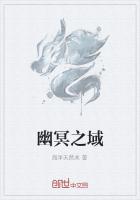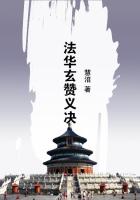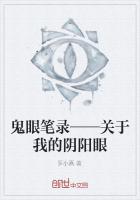Through the exertions of Sir Charles Newton, to whom every student of classic art should be grateful, some of the wonderful treasures so long immured in the grimy vaults of the British Museum have at last been brought to light, and the new Sculpture Room now opened to the public will amply repay the trouble of a visit, even from those to whom art is a stumbling-block and a rock of offence. For setting aside the mere beauty of form, outline and mass, the grace and loveliness of design and the delicacy of technical treatment, here we have shown to us what the Greeks and Romans thought about death; and the philosopher, the preacher, the practical man of the world, and even the Philistine himself, cannot fail to be touched by these "sermons in stones," with their deep significance, their fertile suggestion, their plain humanity. Common tombstones they are, most of them, the work not of famous artists but of simple handicraftsmen, only they were wrought in days when every handicraft was an art. The finest specimens, from the purely artistic point of view, are undoubtedly the two stelai found at Athens. They are both the tombstones of young Greek athletes. In one the athlete is represented handing his strigil to his slave, in the other the athlete stands alone, strigil in hand. They do not belong to the greatest period of Greek art, they have not the grand style of the Phidian age, but they are beautiful for all that, and it is impossible not to be fascinated by their exquisite grace and by the treatment which is so simple in its means, so subtle in its effect. All the tombstones, however, are full of interest. Here is one of two ladies of Smyrna who were so remarkable in their day that the city voted them honorary crowns; here is a Greek doctor examining a little boy who is suffering from indigestion; here is the memorial of Xanthippus who, probably, was a martyr to gout, as he is holding in his hand the model of a foot, intended, no doubt, as a votive offering to some god. A lovely stele from Rhodes gives us a family group. The husband is on horseback and is bidding farewell to his wife, who seems as if she would follow him but is being held back by a little child. The pathos of parting from those we love is the central motive of Greek funeral art. It is repeated in every possible form, and each mute marble stone seems to murmur [Greek text]. Roman art is different. It introduces vigorous and realistic portraiture and deals with pure family life far more frequently than Greek art does. They are very ugly, those stern-looking Roman men and women whose portraits are exhibited on their tombs, but they seem to have been loved and respected by their children and their servants. Here is the monument of Aphrodisius and Atilia, a Roman gentleman and his wife, who died in Britain many centuries ago, and whose tombstone was found in the Thames; and close by it stands a stele from Rome with the busts of an old married couple who are certainly marvellously ill-favoured.
The contrast between the abstract Greek treatment of the idea of death and the Roman concrete realization of the individuals who have died is extremely curious.
Besides the tombstones, the new Sculpture Room contains some most fascinating examples of Roman decorative art under the Emperors.
The most wonderful of all, and this alone is worth a trip to Bloomsbury, is a bas-relief representing a marriage scene, Juno Pronuba is joining the hands of a handsome young noble and a very stately lady. There is all the grace of Perugino in this marble, all the grace of Raphael even. The date of it is uncertain, but the particular cut of the bridegroom's beard seems to point to the time of the Emperor Hadrian. It is clearly the work of Greek artists and is one of the most beautiful bas-reliefs in the whole Museum. There is something in it which reminds one of the music and the sweetness of Propertian verse. Then we have delightful friezes of children. One representing children playing on musical instruments might have suggested much of the plastic art of Florence. Indeed, as we view these marbles it is not difficult to see whence the Renaissance sprang and to what we owe the various forms of Renaissance art. The frieze of the Muses, each of whom wears in her hair a feather plucked from the wings of the vanquished sirens, is extremely fine; there is a lovely little bas-relief of two cupids racing in chariots; and the frieze of recumbent Amazons has some splendid qualities of design. A frieze of children playing with the armour of the god Mars should also be mentioned. It is full of fancy and delicate humour.
We hope that some more of the hidden treasures will shortly be catalogued and shown. In the vaults at present there is a very remarkable bas-relief of the marriage of Cupid and Psyche, and another representing the professional mourners weeping over the body of the dead. The fine cast of the Lion of Chaeronea should also be brought up, and so should the stele with the marvellous portrait of the Roman slave. Economy is an excellent public virtue, but the parsimony that allows valuable works of art to remain in the grim and gloom of a damp cellar is little short of a detestable public vice.

